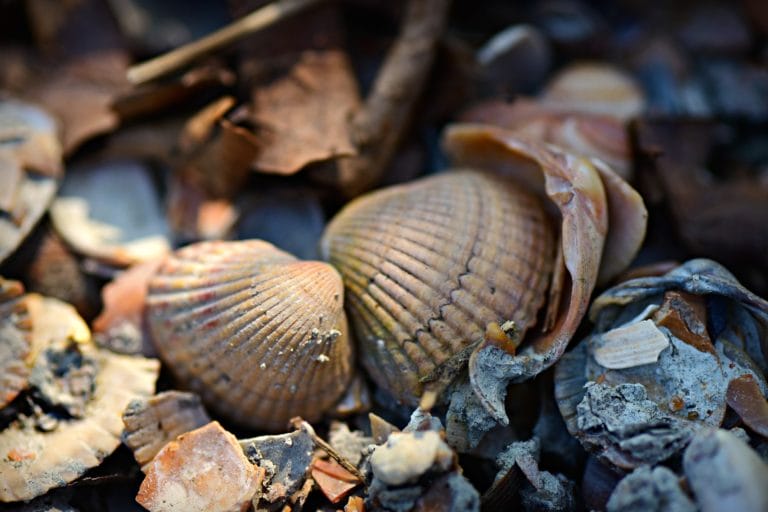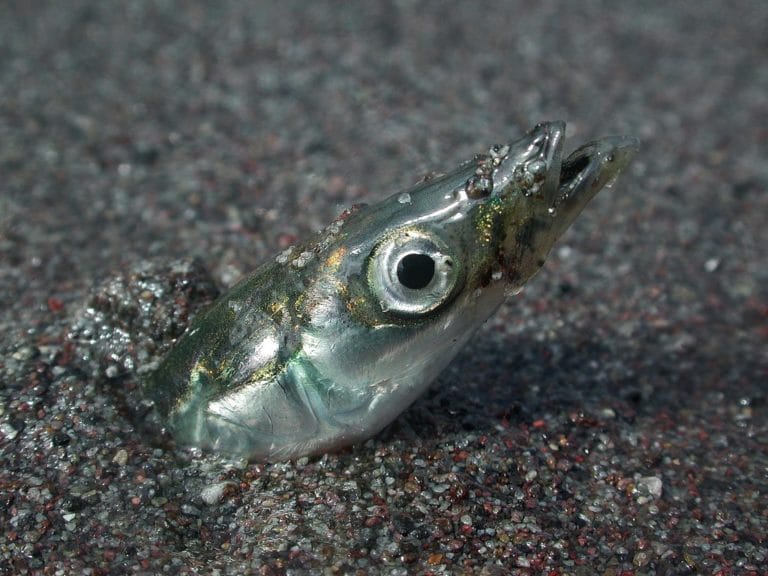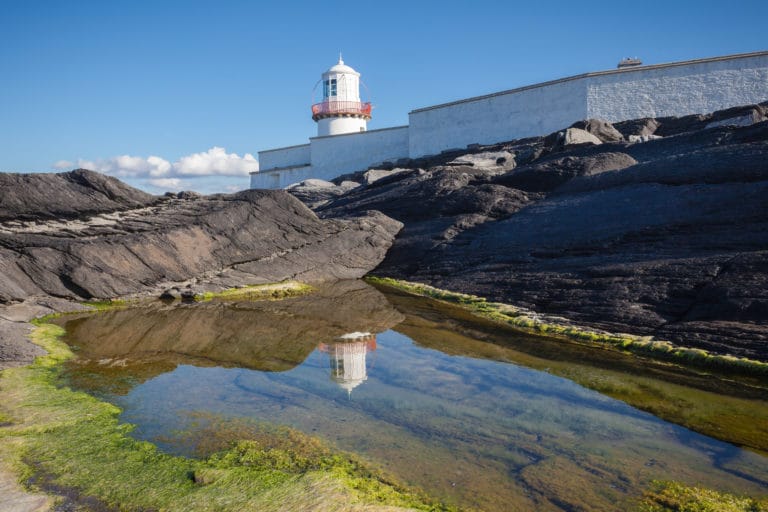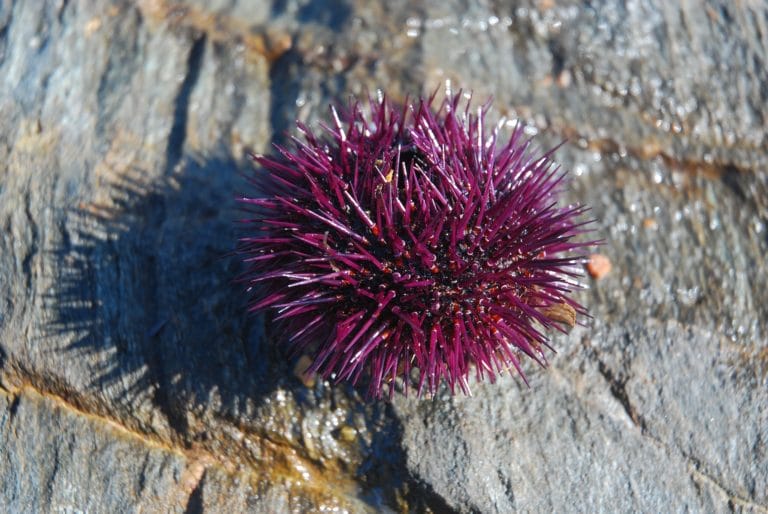Roaming Rockpools
Want to examine sea life up close? Roam our coast’s rockpools!
Take a stroll near any of Ireland’s shorelines, piers and harbours and you’re sure to spot flocks of familiar, brightly coloured visitors deep in discovery mode… yep, we mean small children in wellies, hopping about and exploring the coast!

Rockpools are a perennial favourite for pint-sized (and taller) explorers, shouting out their finds and crouching down in quiet admiration for a closer look. Typically, the closer to the sea, the better the cache of creatures, so check the tide times and head out an hour or two before low tide.
The deeper the rockpool, the better established it tends to be, with a greater diversity of curious inhabitants too.
Ireland’s lighthouses on rocky outcroppings often get the best of the briny deep in the crags, caves and rocks exposed at low tide. Rockpools give us a miniature marine treasure trove of sea life, an encapsulated moment in time before the waves rush in again.
Common finds include seaweeds in bronze, red, gold, purple and green – all edible and easy to harvest sustainably – hiding a wealth of small sea life. Familiar sights include snails, whelks, prawns, clingfish and crabs, ringed by clusters of mussels, cockles, limpets, barnacles and even the odd starfish.

Keep your eyes peeled for baby fish, as mackerel, pollock, wrasse and many others run off the coast, in addition to the tiny, silvery elvers of conger and sand eels, little sticklebacked corwings and skinny pipefish too.
Some spots, like the coast near Cork’s Galley Head lighthouse, are home to hundreds of different kinds of sponges, rare sea slugs and hermit crabs.
So be sure to take a look if you’re strolling that shore!

Valentia Island is well-known for its multi-coloured anemones and sea urchins, with the Cork and Kerry coast home to the spectacular Fireworks Anemone, which more than lives up to its name with its vibrant colour and sparkling tentacles.
Lucky rockpoolers might even spot some rare nudibranches in among the kelp – peculiar little critters from the sea slug family – tipped with shocking lemon yellow, ghostly pale blue or brick red.
Some of the most colourful nudibranches in Irish waters are best seen in summer and autumn.

These shellfish-encrusted microsystems are a fascinating and (relatively) dry way for everyone to discover more about one of Ireland’s most extraordinary natural resources: our sea beds.
The sea bed around the island of Ireland is more than ten times the size of the island itself, and our coastline is a whopping 7,500km long – longer than the Amazon River!
Rockpools and the seaweedy sea beds they sample support millions of sea creatures great, small and microscopic, and will pique the maritime curiosity of sea lovers and bona fide landlubbers alike.
Wondering where to start your coastal explorations? Find a lighthouse to visit or even stay overnight in!



